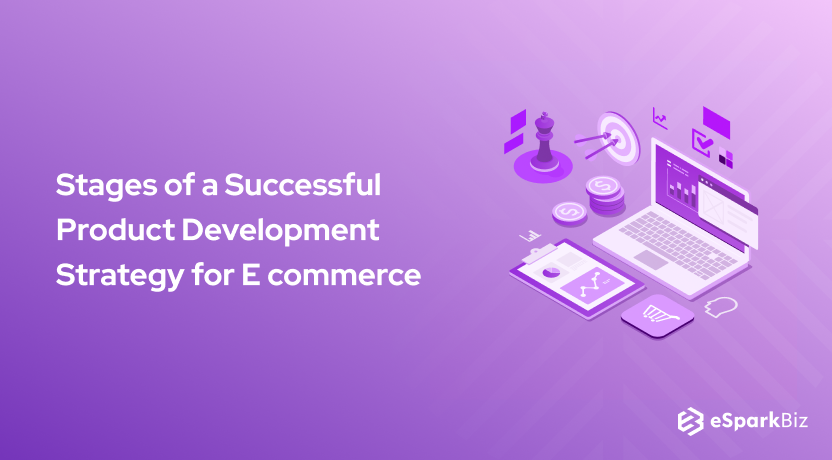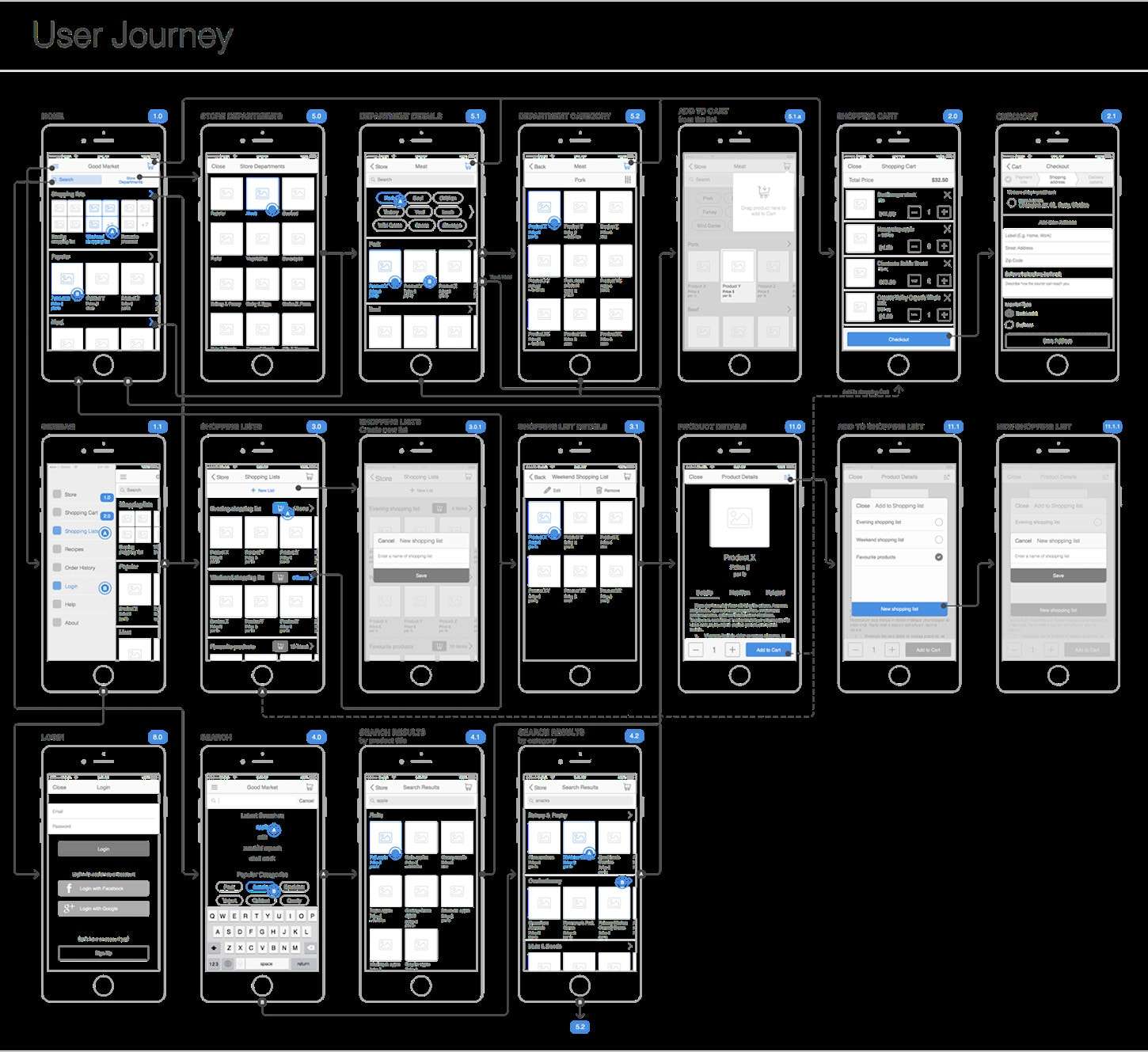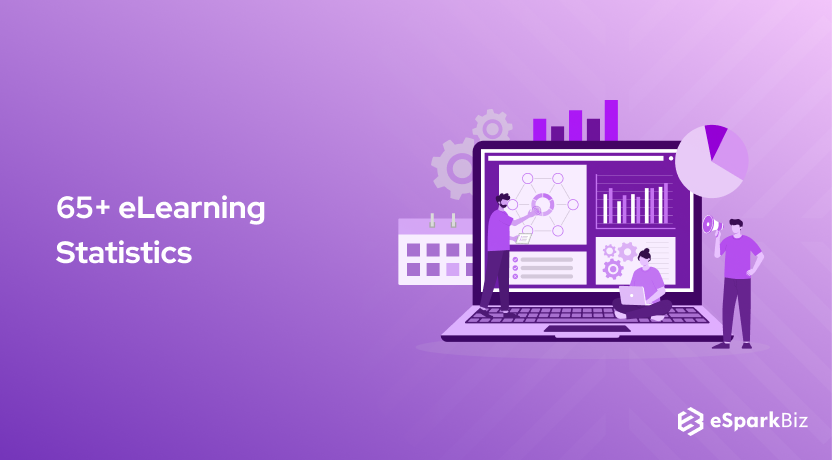A retail business cannot run without having a good product to sell. It is as simple as that. Be it a brick-and-mortar shop in the mall or an eCommerce venture, if you are heading out into the retail arena, having a product that sells can make a difference for your business.
That being said, we all know about the predominance of eCommerce platforms in the modern era of the Internet.
Rise of eCommerce
Not just the digital revolution, but along with that, the COVID-19 pandemic has made the consumers shift to the online platform when it comes to shopping or, in simple terms, “buying things.” Studies have shown that in 2019, approximately 1.92 billion people purchased goods or services online across the world.
Along with that, the eCommerce market is estimated to account for over $6.5 trillion in sales, which would represent 22% of all global retail sales.
Consequently, a lot of major and established businesses have focused on the eCommerce zone. That being said, most successful businesses still invest huge resources into thoughtful product development strategies as it is a surefire way to success.
Here, you can know for yourself the stages of a successful product development strategy for eCommerce and what it takes to prepare a successful product for an eCommerce venture. Before we head on to that, let us take a look at the basics of product development.
What Is Product Development?
Product development is simply the entire process of taking a product to the market. New products work, and if you put in enough effort in the development process, it can be a success for your brand. According to a Nielsen survey, 63% of respondents said they like it when manufacturers offer new products.
Product development can be a lot of things as well. Generally, all the points mentioned below are a part of the product development of a brand:
- Renewing an existing product and introducing an old product to a new market is a part of the process. This would include identifying market needs, the conceptualization of the product itself, and a complete plan and product roadmap, product launch, and feedback collection.
- New product development (NPD) is another part of product development and stands integral to the core of product design. The process continues through the entire product life cycle, and a brand can collect user feedback while creating newer or enhanced versions of the same product.
Also Read: Special Aspects of Software Development Roadmaps
Stages of Successful Product Development Strategy for eCommerce
Product development is key to brand innovation, and when done rightly, it is very much welcomed by target consumers in the set market. Although, the success of a product depends on the entire product development process.
According to Harvard Business School professor Clayton Christensen, more than 30,000 new consumer products are launched every year, and a whopping 95% of them fail in the market.
That speaks enough about why a successful product development strategy is necessary for brands, especially an eCommerce platform where the competition is fierce. Let’s take a look at what makes a successful product development strategy for eCommerce businesses in 2024.
A Smart Idea
Product ideation is the key to the process of product development. You need smart product concept to create something that makes an impact in the market. The best way to start the process of product creation is with the help of facts and data.
This can be done by collecting the customers’ feedback from existing consumers through surveys and product reviews.
You need to figure out the opportunities in the market, assess the expectations, and then develop the next line of product/s.
Determining Demand

If you have a product idea, the next step is to determine the demand for the product. This is to make sure that the resources you invest in production are worth it. There are foolproof ways to determine the demand for the product you are going to launch in the market. A few ways to do it are:
- Consumer Surveys
- Pre-orders
- Analysis of Search Trends
- Crowdfunding campaigns
Prototyping
After the ideation of the product and the assessment of its demand in the target market, the next step is to create a prototype of the product. Prototypes are a key part of any successful product development strategy. This is primarily because prototypes enable you to test the design and functionality of the product.
Prototyping is also important because an idea might only be good in theory sometimes. Still, there are a lot of implications when the theory is turned into an actual physical representation of a product.
The process of prototyping varies from one product to another. Although here are the basics involved in the process of prototyping:
- Creating a sketch of the idea.
- Creation of a digital prototype with the help of competent, knowledgeable, and skilled professionals.
- Creating a physical prototype to understand how the product would function in real-time.
Testing and Validation

Nothing can make you happier than when you find out that the prototype works. But getting your prototype working is not the end of the product development process. You need to follow through right until the end with a few other remaining stages of a successful product development strategy for eCommerce store.
Testing and validation is the next step. You need to do it rigorously to market a foolproof product and not get a negative review from customers because of any malfunction.
The best way to avoid malfunctioning is rigorous testing and validation with the help of QA analysts, engineers, and other relevant and skilled professionals.
Manufacturing or Production
Now comes the stage where you are moving forward towards taking the product to the market. This would begin with the manufacturing of the product you and your team have designed. There are a variety of factors to keep in mind during this stage of the product development strategy.
Based on the product and with the help of market trends, consumer expectations, data, and expert opinion, you would have to ascertain factors like the material, complexity, and other aspects before starting the full-fledged production process.
Not just that, you might as well have to check trade publications and directories in your industry to find any other similar or potential manufacturers. Such resources can be identified and utilized for the creation of your product.
If you are indeed choosing a contractor for the manufacturing of the product, you need to discuss the following aspects before you set off with the production process:
- Turnaround time
- Minimum order sizes
- Payment terms
- Surveying the facilities of the manufacturer as well as the production environment
- Discuss what happens in case of any exceptional circumstance as well as unplanned delays
Examples from such manufacturers about similar products they have previously manufactured can be helpful. Along with that, you can also get references from companies in your market or industry.
Launch
Creating a strong and memorable impression amongst the target customers in the market is the key to the successful launch. The launch of your product is an important part of the product development strategy.

A successful and impactful launch depends upon a well-coordinated marketing strategy. You need to plan and focus your marketing initiatives (including email marketing, Facebook ads, paid search ads, influencers, etc.) on the product and ensure that it is in sync. This will maximize the visibility of your product and the impact of the launch.
Feedback Collection
Last but not least, feedback collection is a crucial part of the software product development company. The process does not end with the product’s launch, and after it hits the market, you need to analyze customer response. For this, you will have to:
-
- Analyze customer reviews and ratings.
- Analyze what people are saying about the product on social media.
This will ensure that you can innovate the product based on consumer demands and make necessary changes. This will make a huge positive impression on your customers, leading to long-term growth and brand loyalty.
Also Read: Difference Between Product Backlog Grooming & Sprint Planning
Final Words
Listening to your customers is important for any brand, and it is a key part of a successful product development strategy for eCommerce businesses. We have listed the important stages of a successful product development strategy and discussed all the details that you need to know. If you plan to develop a product for your eCommerce venture anytime soon, then these are the points you would have to stick to.









